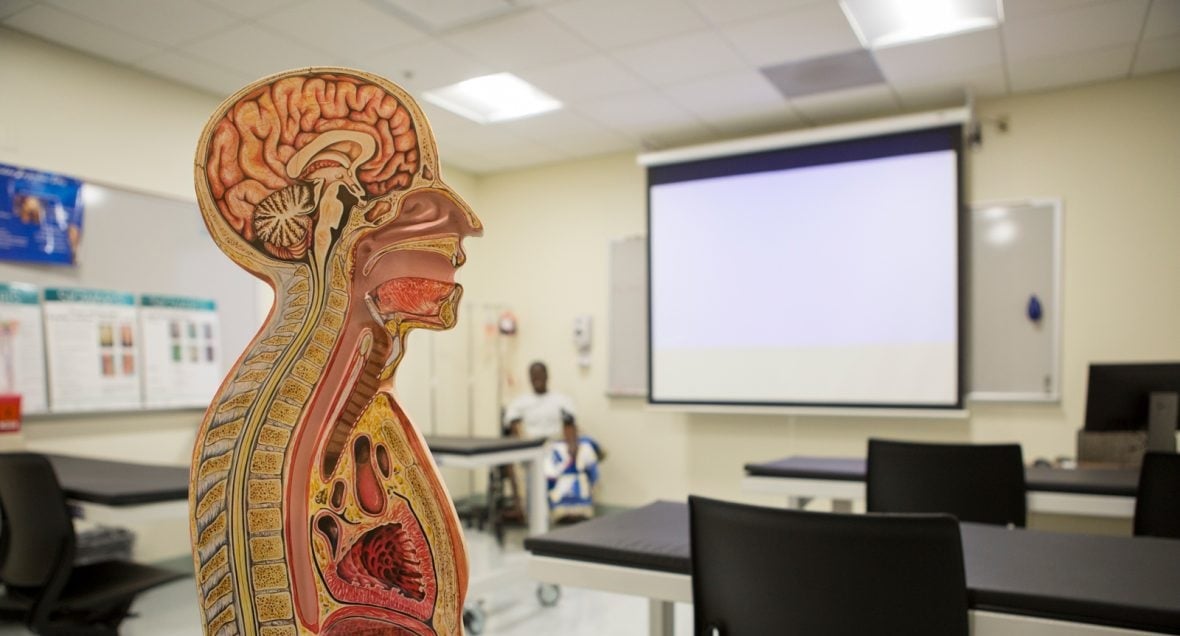IVS is preparing to exhibit at the annual AACN Faculty Development Conference we asked one of our writers with over 30 years of Healthcare Industry management experience to review the topic of funding for education programs:
As innovation and technology advance in the ever-changing world of healthcare, educational institutions and businesses alike need to be on trend – or even ahead of the trend -- to succeed.
Educational programs need to be funded for students and healthcare professionals, as well as for the educators. Additional funding might be needed for the capital purchase of new equipment, and perhaps construction of a new facility or update of an existing one.
Finding the right educational solution should be complemented by finding the right funding mechanism. Options for funding include:
- Grants
- Collaboration
- Financing
- Capital Campaign
- Tuition
- Any combination of the above
Grants
Grants are offered by individuals, private foundations, trusts, endowments, state organizations, and even the federal government. D’Youville College in Buffalo, New York, was recently awarded a $5 million grant through the New York State Higher Education Capital Matching Grant Program to use toward construction of a 50,000 square foot “Health Professions Hub” for training healthcare professionals of tomorrow.
It’s important to match program goals and the potential funding source. Organizations can employ a freelance grant writer or tackle the project on their own. The typical grant application is very detailed and must be followed exactly. One misstep can cause an application to be disqualified. This may seem daunting, but being awarded a grant can have a lasting impact, even beyond monetary. It’s not unusual for long-term relationships to be fostered between the funder and the receiving organization.
Collaboration
Collaboration can be an effective solution when institutions recognize they have similar goals and can put aside any known differences. Universities working together, such as the Nevada System of Higher Education, University of Nevada Las Vegas, Nevada State College, and University of Nevada School of Medicine did to fund a multi-disciplinary and multi-institutional medical education facility and program, can find success. Their collaborative venture resulted in a 31,000 square foot facility for use in educating nursing students, residents, and medical students.
Financing
In some instances of capital equipment purchases, leasing or vendor financing is available. Construction and renovation costs can sometimes be financed through a lending institution.
Capital Campaign
Launching a capital campaign to raise the necessary funds for program expansion can work well for non-profit organizations. Engaging the community, alumni, employees, and other potential donors can build excitement for and commitment to a new endeavor.
Tuition
The cost of tuition is critical to an educational program’s viability. The perceived value of tuition in the healthcare profession, with access to the most current, proven programs, can attract students and medical professionals to new educational offerings.
Combination Funding
Being creative and combining any of the above options can also be fruitful. Time constraints, engagement of others, and projected dollar amount required are a few considerations when deciding which combination will work best.
Conclusion
Each of these funding options has its own challenges. Grants require attention to detail and an investment in time. Collaborating rather than competing can seem unnatural and unpopular. Financing isn’t always an option. A capital campaign uses resources. Increasing tuition to pay for advanced programs and skilled instructors could result in decreased enrollment. Combining funding models can become complex and difficult to keep on track.
Choosing the right funding model isn’t a life-or-death decision, but the result of skilled, highly trained, confident medical professionals can have a lasting impact on society. Being thorough and thoughtful with decision making will lead to a positive outcome for everyone. The same can be said for vendor selection and truly matching the facilities needs with the right cost to performance platform. VALT from Intelligent Video Solutions offers one the industries lowest TCO over a 5 year period while still delivering the enterprise features these healthcare education programs demand.







